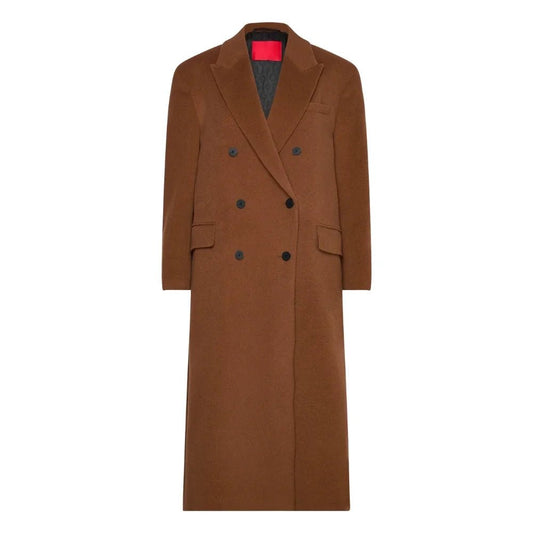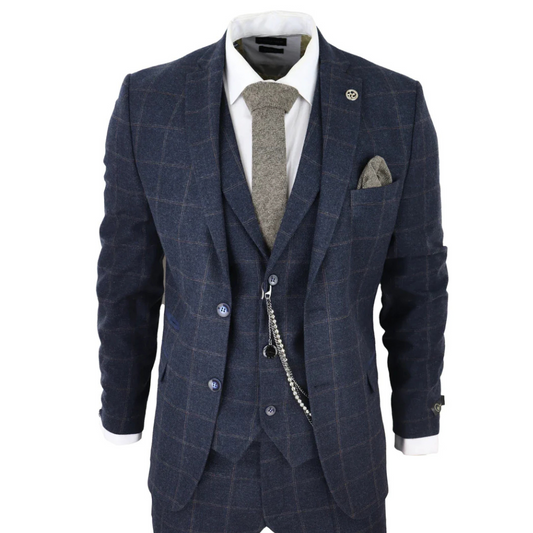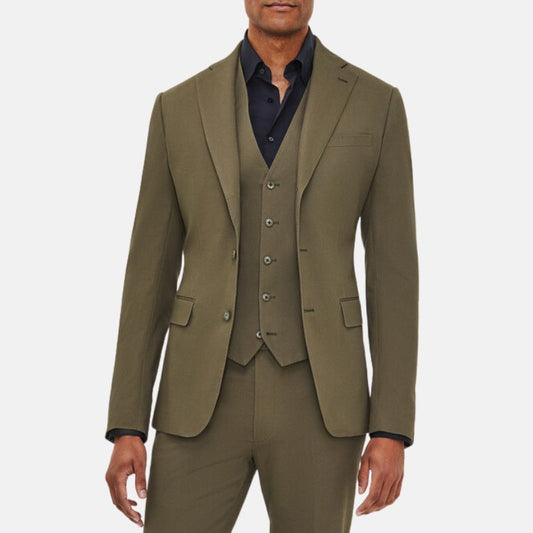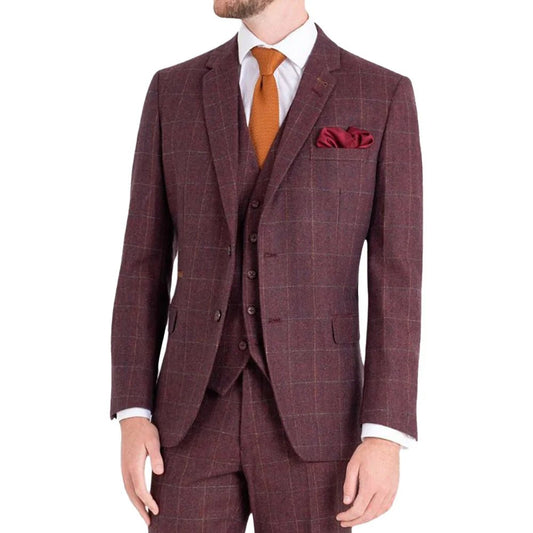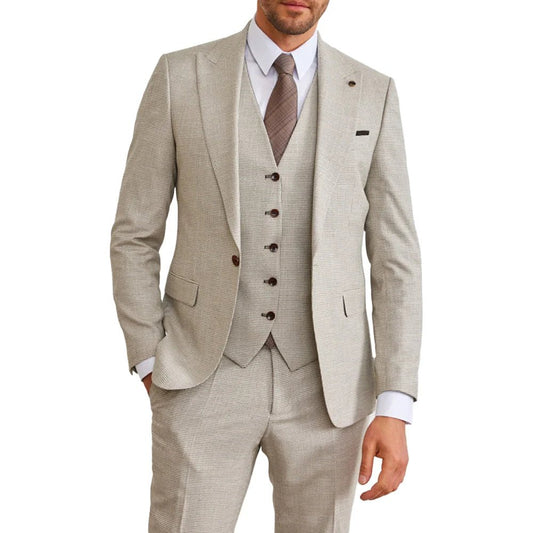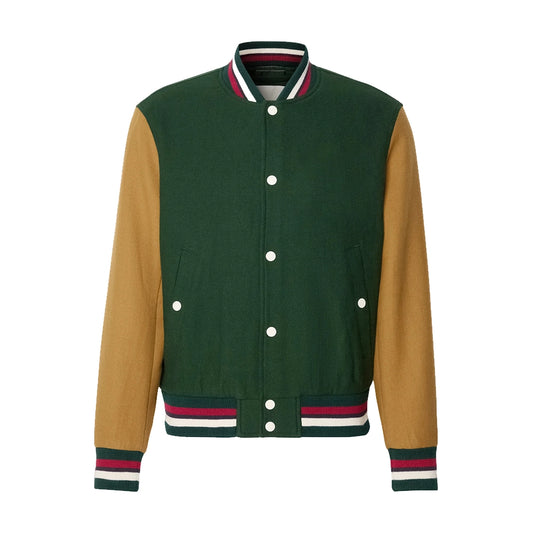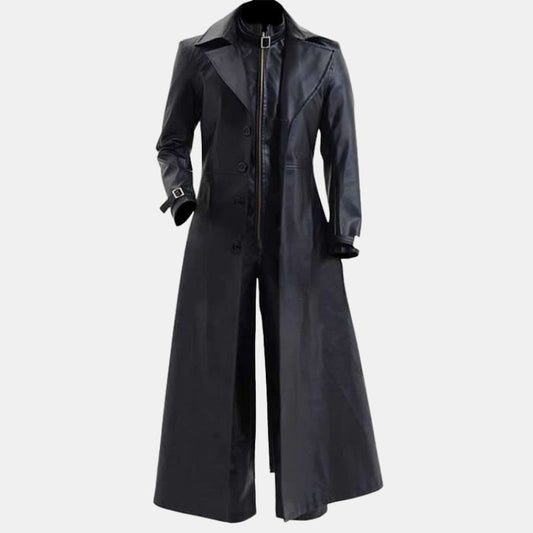




If the term PU leather has left you feeling uncertain, this article aims to provide clarity on the subject. The following comprehensive discussion will examine the composition, production, benefits, and drawbacks of PU leather in comparison to alternate leather types.
Additionally, the article will investigate prevalent applications of PU leather in the realms of fashion and furniture, offer guidance on the upkeep of PU leather goods, and present eco-friendly alternatives for conscientious consumers. Thus, let us embark on an exploration of the intricacies of PU leather.
Understanding PU Leather

Comprehension of PU Leather entails understanding a versatile and sustainable leather brand alternative known by various terms such as synthetic leather, faux leather, or vegan leather. Renowned for its eco-friendly and sustainable attributes, PU Leather has garnered popularity among individuals who prioritize environmentally conscious materials.
PU Leather is meticulously crafted through the amalgamation of a polyurethane coating with a fabric backing, presenting a cruelty-free alternative for individuals seeking to adopt sustainable fashion practices. This material not only replicates the appearance and texture of traditional leather but also promotes waste reduction through the utilization of recycled fabrics in its manufacturing process. Amidst a gradual shift within the fashion industry towards more ethical methodologies, PU Leather has emerged as a stylish and environmentally conscious selection embraced by designers and consumers alike.
What is PU Leather?
Polyurethane (PU) Leather, also referred to as artificial leather or synthetic leather, is a man-made material designed to replicate the appearance and texture of genuine leather, providing a cruelty-free option for consumers seeking an alternative to traditional animal-derived leather products. Fall Fashion 2023 Guide.
PU Leather is highly regarded for its capacity to emulate the look and feel of real leather while upholding ethical standards. Serving as a sustainable and eco-friendly substitute for leather, it eliminates the need for animal hides in its manufacturing process. Consequently, PU Leather has garnered significant favor among environmentally conscious individuals who prioritize both style and durability, without compromising their ethical convictions.
Composition and Production of PU Leather
The manufacturing process of PU leather entails the utilization of polyurethane (PU) material to produce a synthetic material that simulates the appearance and texture of traditional leather. This process is carefully designed to yield a durable and adaptable material suitable for a diverse array of applications.
Throughout the manufacturing procedure, polyurethane is blended with various chemicals and additives to form a liquid compound. This compound is subsequently applied to a support material, such as fabric or paper, and undergoes a series of heating and curing procedures to culminate in the final PU leather product. The characteristics and aesthetics of PU leather can be tailored by adjusting the thickness, surface finish, and embossing techniques employed during the production phase. This adaptability enables the creation of a broad spectrum of PU leather goods, ranging from upholstery and fashion accessories to automotive interiors and footwear.
SEE OUR BLOG: A Step-by-Step Guide to Remove Wrinkles from Leather Jacket
Materials Used and Manufacturing Process
The materials used and the manufacturing process of leather Jacket in 2023 are dependent on the unique properties of polyurethane (PU) to produce a high-quality synthetic material that closely mimics genuine leather.
This versatile synthetic leather consists of a base layer, typically constructed from PU material, and a surface coating designed to improve its appearance and resistance to wear. PU material is renowned for its robustness, pliability, and ability to repel water, rendering it an excellent option for replicating the attributes of real leather.
The manufacturing process entails a meticulous blending of PU with other additives to ensure that the final product not only replicates authentic leather but also provides durability and easy maintenance for a variety of applications in fashion, upholstery, and accessories.

Advantages and Disadvantages of PU Leather
An analysis of the advantages and disadvantages of PU leather offers valuable insights into its adaptability and utility across various applications. While PU leather boasts merits such as longevity and cost-effectiveness, it is also subject to constraints in comparison to authentic leather, necessitating a thorough evaluation of its strengths and weaknesses.
A key benefit of PU leather lies in its cruelty-free nature, rendering it a favored option among individuals who seek to eschew animal-derived materials. Additionally, its synthetic composition enables a diverse array of colors and textures to be employed, thereby expanding the choices available to designers and consumers. However, PU leather may not exhibit the same durability or opulent tactile experience as genuine leather, a critical consideration for discerning purchasers in pursuit of premium-grade merchandise.
Pros and Cons Compared to Other Types of Leather
When examining the advantages and disadvantages of PU Leather in comparison to other leather types, the primary focus is on its environmentally friendly characteristics and its role in promoting sustainable practices within the fashion industry. This synthetic leather is regarded as a positive alternative that aligns with the increasing emphasis on eco-consciousness within the realm of fashion.
PU Leather is manufactured utilizing polyurethane, a substance that can be synthesized without the need for animal-derived components, rendering it a cruelty-free option for individuals seeking ethical fashion alternatives. In contrast to traditional leather sourced from animal hides, PU Leather presents a more ethically sound approach to fashion without sacrificing style or longevity. Moreover, PU Leather is typically more cost-effective than genuine leather, thus expanding access to sustainable and cruelty-free fashion choices among a broader consumer base.
Common Uses of PU Leather
PU Leather is widely utilized in a variety of applications, ranging from fashion items to furniture upholstery. This adaptable material is commonly employed in faux leather products, such as vegan leather goods, demonstrating its versatility and aesthetic appeal in numerous industries.
The fashion industry, in particular, derives significant benefits from the utilization of PU leather due to its capacity to emulate the luxurious appearance of genuine leather while offering a more cost-effective and environmentally friendly alternative. Designers within this industry utilize PU leather to craft fashionable and sustainable pieces, including leather jackets styles in every occasion and chic handbags, that cater to an increasingly conscientious consumer base.
Within the furniture sector, the durability and low maintenance requirements of PU leather render it a favored option for couches, chairs, and other upholstery pieces, seamlessly combining style with functionality.

Popular Applications in Fashion and Furniture
The widespread applications of PU leather in fashion and furniture exemplify its versatility as an environmentally friendly and animal-friendly material that has garnered prominence in the PU leather industry. This synthetic leather is extensively employed in the creation of fashionable and sustainable products within the fashion and furniture sectors.
Its capacity to emulate the appearance and texture of genuine leather without the utilization of animal-derived materials has rendered it a favored option for conscientious consumers. Within the fashion sector, PU leather is utilized in the fabrication of durable handbags, fashionable jackets, and trendy footwear. In the realm of furniture, it is employed in the manufacture of sophisticated sofas, fashionable chairs, and contemporary home decor items. The increasing demand for environmentally friendly alternatives has notably influenced the growth of the PU leather industry.
Caring for PU Leather
Proper care and maintenance of PU Leather necessitate adherence to specific guidelines to ensure its durability and aesthetic appeal. By implementing appropriate care practices, individuals can effectively preserve the quality of PU leather products, thereby prolonging their lifespan.
A routine cleaning regimen for PU leather involves wiping it down regularly with a damp cloth to eliminate accumulated dust and dirt and prevent them from settling and causing potential damage over time. It is imperative to refrain from using harsh chemicals or abrasive cleaners, as they have the potential to degrade the material's protective coating.
In instances of stubborn stains, a mild solution of soap and water may be applied, followed by careful drying. Moreover, it is crucial to shield PU leather from direct exposure to sunlight and sources of heat to forestall the risk of drying out and developing cracks. When not in use, storing PU leather items in a cool, dry environment is advised to uphold their suppleness and prevent any distortion.

Tips for Maintenance and Cleaning
In the realm of maintaining and cleaning PU Leather, it is imperative to take into account its durability and resilience. Adhering to proper care routines is crucial in safeguarding faux leather products from deterioration, thereby ensuring their longevity and aesthetic appeal endure over time.
A straightforward yet efficacious method for cleansing PU Leather items involves a regular wipe-down with a damp cloth to eliminate dust and dirt. It is advisable to refrain from utilizing abrasive cleaning agents that may compromise the integrity of the material; instead, a mild soap and water solution are recommended for gentle cleansing. Additionally, to enhance the protection of faux leather, the application of a conditioner specially designed for PU Leather is advisable to maintain its suppleness and prevent cracking.
Furthermore, storing faux leather goods in a location shielded from direct sunlight and excessive heat serves to prolong their lifespan.
How to Identify Quality PU Leather
he process of identifying quality PU Leather entails a comprehensive understanding of crucial factors to consider when acquiring PU leather goods. By meticulously assessing attributes like texture, durability, and finish, consumers can ascertain that they are making sound investments in premium and authentic PU leather products.
Furthermore, consumers are advised to discern the scent of the PU leather product, as authentic PU leather typically emanates a distinctive leather aroma. Scrutinizing the stitching and general workmanship can provide indications regarding the product's quality. A thorough examination for any anomalies in color or texture can aid in determining the quality of the PU leather. Moreover, it is prudent to seek out reputable brands or vendors renowned for their high-caliber PU leather items to ensure a gratifying procurement experience.
Factors to Consider when Purchasing PU Leather Products
When considering PU Leather products, it is essential to evaluate various factors, such as its function as a leather substitute and the advantages it presents as an alternative material. A thorough understanding of these elements can assist consumers in making sustainable and environmentally conscious decisions when purchasing leather goods.
An important consideration is that PU leather is a more cost-effective option in comparison to genuine leather, rendering it more accessible to a broader consumer base. Furthermore, PU leather typically demonstrates greater resistance to fading and cracking, resulting in products with a prolonged lifespan when compared to traditional leather goods.
Additionally, PU leather offers versatility as it can be engineered to replicate a variety of textures and finishes. This flexibility enables the creation of a diverse range of fashionable and trendy products suitable for environmentally conscious individuals seeking to make responsible choices in the realm of fashion.
Sustainable Alternatives to PU Leather
Exploring Sustainable Alternatives to PU Leather unveils a spectrum of environmentally friendly materials and manufacturing techniques that contribute to sustainable fashion practices. By diving into sustainable leather options, individuals can make informed decisions that are in line with environmentally responsible consumption.
Along with eco-friendly materials like cork, pineapple leaf fibers, and mushroom leather, sustainable practices such as closed-loop manufacturing and vegetable-based tanning are gaining traction in the industry.
Understanding the environmental repercussions of conventional leather production can steer consumers toward choosing sustainable alternatives. By endorsing brands that prioritize ethical sourcing and low-impact production methods, individuals can actively engage in promoting sustainable fashion and reducing their carbon footprint.
Eco-Friendly Options for Leather Alternatives
Within the realm of Leather Alternatives, there is a growing trend towards Eco-Friendly Options in sustainable fashion circles. From PU leather to other environmentally friendly materials, the emphasis is on advocating sustainable practices and mitigating the environmental repercussions of conventional leather production.
These environmentally conscious alternatives not only provide a cruelty-free and ethical approach to fashion but also aid in diminishing the industry's carbon footprint. Innovations such as mushroom leather, cork fabric, and pineapple leather are increasingly favored by eco-conscious consumers seeking to effect a positive change. By opting for these sustainable materials, individuals can exert significant influence in guiding the fashion industry towards a more environmentally sustainable and socially responsible trajectory.
Frequently Asked Questions
What is PU leather?
PU leather, also known as polyurethane leather, is synthetic leather made from plastic. It is designed to mimic the look and feel of real leather but at a much more affordable price.
How is PU leather made?
PU leather is made by applying a layer of polyurethane to a fabric backing, such as cotton or polyester. This creates a durable and water-resistant material that can be used for various products such as clothing, furniture, and accessories.
Is PU leather real leather?
No, PU leather is not real leather. It is a synthetic material made to look and feel like real leather, but it does not come from animal hide like genuine leather does.
What are the advantages of using PU leather?
One advantage of using PU leather is its affordability. It is much cheaper than genuine leather, making it a great alternative for those on a budget. Additionally, it is also more water-resistant and easier to maintain compared to real leather.
Is PU leather environmentally friendly?
While PU leather may be a more sustainable option compared to genuine leather, it is still a plastic material and not completely biodegradable. However, some manufacturers are now producing eco-friendly versions of PU leather made from natural and renewable materials.
How do I care for PU leather?
PU leather is relatively easy to care for. It can be cleaned with a damp cloth and mild soap, and it is important to avoid harsh chemicals or abrasive materials. It is also recommended to regularly condition the material to keep it looking new and prevent it from cracking or peeling.

